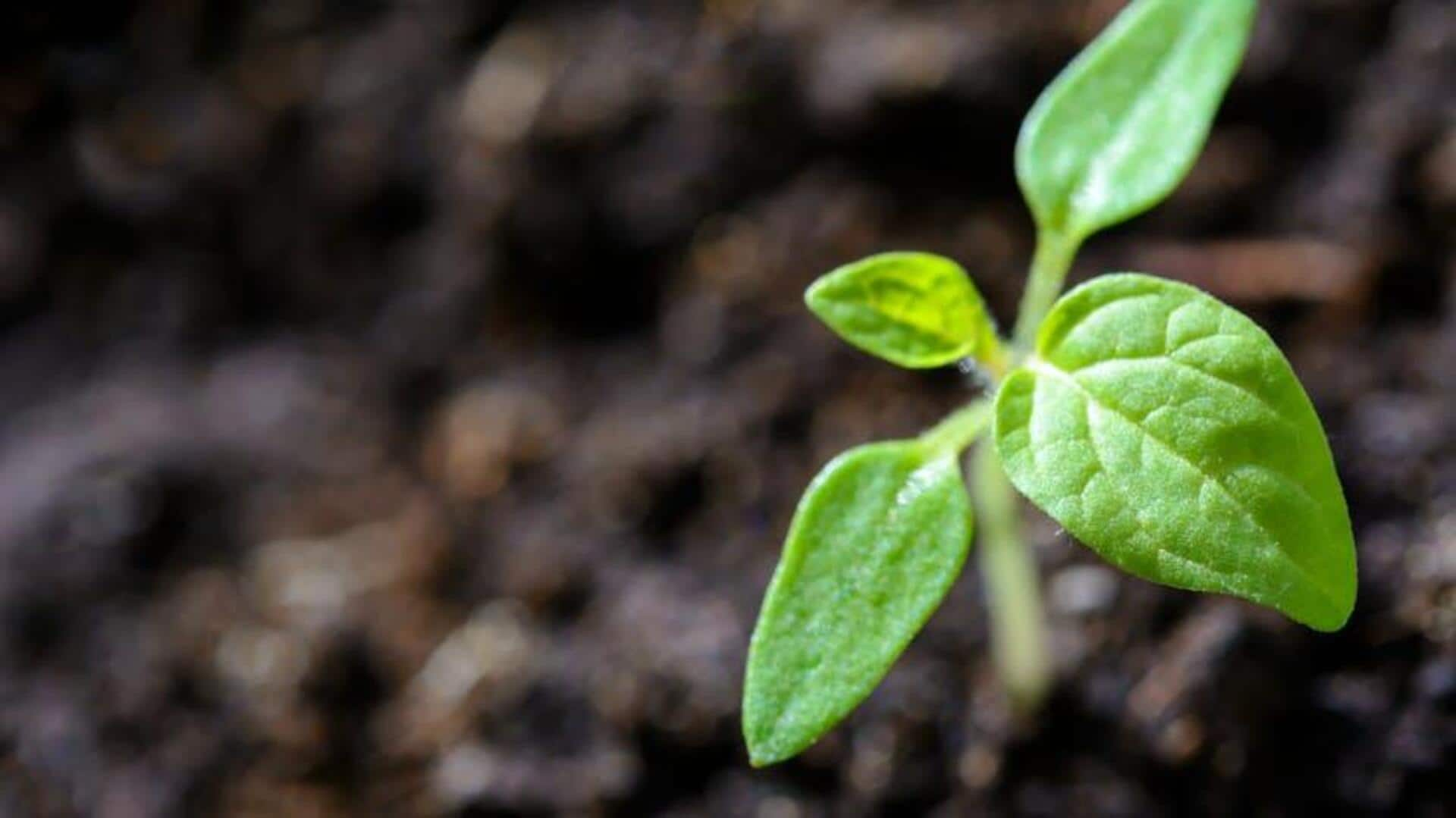
How to repurpose kitchen leftovers for plants
What's the story
If you're looking for a cost-effective way to up your plant care game, repurposing kitchen scraps can help. Most common kitchen leftovers are rich in nutrients that can benefit plants, making them a sustainable alternative to commercial fertilizers. Here's how you can use your kitchen scraps to improve soil health and promote plant growth without spending a penny.
Tip 1
Banana peels as fertilizer
Banana peels are loaded with potassium, an essential nutrient for plant growth. To use them as a fertilizer, just chop the peels into smaller pieces and bury them in the soil around your plants' base. The decomposing peels release nutrients that help strengthen roots and improve plant health. You can also soak banana peels in water for a few days to make a nutrient-rich liquid fertilizer.
Tip 2
Coffee grounds for acid-loving plants
Used coffee grounds work wonders for acid-loving plants such as roses and blueberries owing to their acidic nature. They also contribute organic material to the soil, enhancing drainage and aeration. To use them, sprinkle around the base of your plants or mix into compost piles. Don't go overboard with them as too much acidity may damage some plants.
Tip 3
Eggshells for calcium boost
Certain natural materials serve as an excellent calcium source, essential to prevent blossom end rot in tomatoes and peppers. Crush clean materials into small pieces or grind them into a powder, and add directly to the soil or compost bin. They will break down over time and enrich the soil with calcium, leading to stronger cell walls in plants.
Tip 4
Vegetable water as nutrient source
The water from boiling vegetables (once cooled) is a natural fertilizer loaded with nutrients. Instead of throwing it away, use this liquid to water your garden. Make sure no salt was added while cooking to prevent damaging the plant roots. Not only is this practice especially useful during the growing season, it also provides essential nutrients directly to foliage areas where they're needed most.